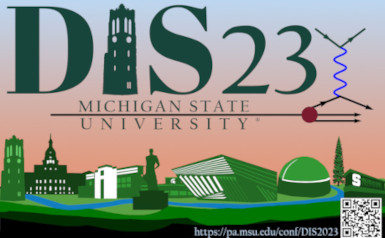Speaker
Description
We present the first measurement of two-particle angular correlations of charged particles emitted in high energy $e^+e^-$ annihilation up to $\sqrt{s}=$209~GeV and anti-kT jet energy spectrum and substructure measurements using the archived ALEPH $e^+e^-$ data taken between 1992 and 2000.
The correlation functions are measured as a function of charged particle multiplicity for the first time with LEP2 data. The correlation is measured with both the lab- and the thrust coordinate systems, with the latter sensitive to potential medium expanding transverse to the color string in an $e^+e^-\rightarrow q\bar{q}$ topology. Results with $e^+e^-$ data at higher collision energy up to 209 GeV will also be presented with a high event multiplicity reach. A hint of a tantalizing structure emerges in high multiplicity $e^+e^-$ events that is not seen in their low multiplicity and low energy counterparts.
The jets are reconstructed with the anti-k$_T$ algorithm with a resolution parameter of 0.4. It is the cleanest test of jets and QCD without the complication of hadronic initial states. The fixed center-of-mass energy allows the first direct test of pQCD calculation. The measurements are compared to predictions from MC generators and two perturbative QCD calculations at NLO and with NLL’+R resummation.
These results also serve as important baseline to compare to similar measurements in other colliding systems, as well as expanding our search for collective phenomena in a new phase space in the $e^+e^-$ collision system for a potential discovery. Future directions, including testing jet clustering algorithms designed for future electron-ion collider experiments, as well as connections to heavy ion collisions, will also be discussed.
| Submitted on behalf of a Collaboration? | No |
|---|
